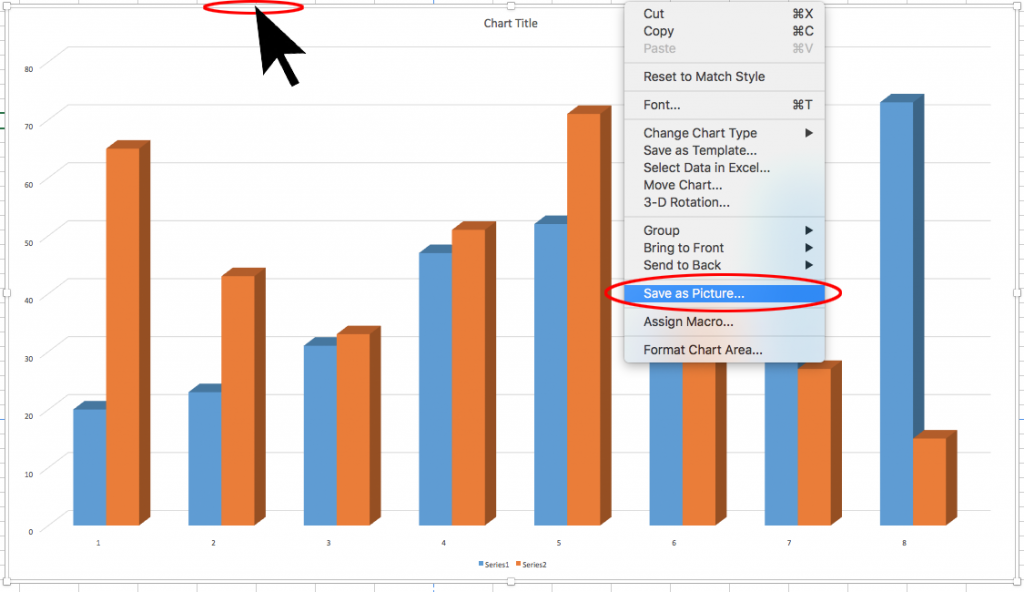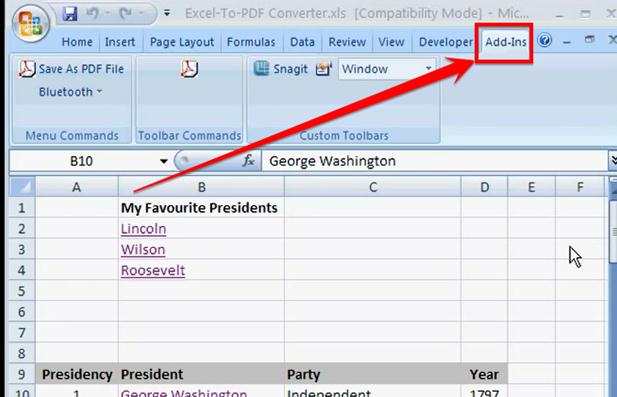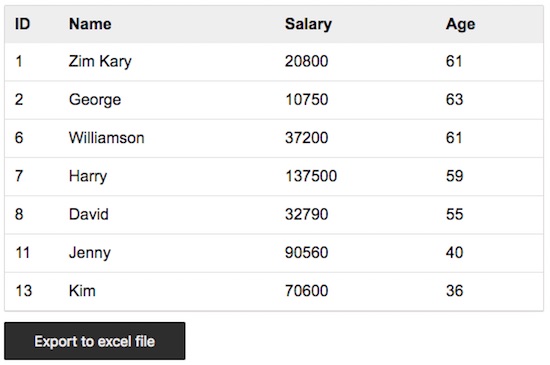3 Simple Ways to Export an Excel Sheet Quickly

When working with data, Excel remains one of the most powerful tools at your disposal. Whether you are managing financial spreadsheets, tracking project progress, or analyzing sales figures, exporting data is a crucial task. Here are three efficient and straightforward methods to export an Excel sheet to ensure your data transfers are seamless and without hassle.
Exporting via Excel’s Built-in Features

Excel offers several built-in features to export your sheets:
- Save As: The simplest method to export your data is by using the 'Save As' function.
- Navigate to
File > Save As. - Choose the desired format from the 'Save as type' dropdown menu. Options include CSV, PDF, XML, and more.
- Specify the file name and location, then click 'Save'.
- Navigate to
- Export from Ribbon: Excel's ribbon provides direct export options:
- Go to the 'File' tab.
- Select 'Export' from the left panel.
- Choose the desired format, like PDF or XPS, and follow the prompts.
⚠️ Note: Always check the file format compatibility with your recipient's software to ensure seamless data transfer.
Using Power Query for Export

Power Query, or Get & Transform Data in newer versions, provides a dynamic way to export data:
- Export Data to CSV or Excel:
- Select your data.
- Go to 'Data' tab > 'Get Data' > 'From Table/Range'.
- In Power Query Editor, choose 'File > Export' and select your format.
- Advanced Export Options: You can also:
- Transform and clean data before export.
- Automate data refresh with Power BI or scheduled tasks.
- Set up dynamic connections for real-time data updates.
✅ Note: Power Query offers advanced data manipulation, which can be beneficial for data cleaning and transformation before exporting.
Third-Party Tools for Enhanced Exporting

When Excel’s native features aren’t enough, third-party tools can step in to provide additional export functionality:
- Export to Multiple Formats:
- Consider tools like 'Aspose.Cells', 'ExportToPdf', or online services like 'Smallpdf' for PDF conversion.
- These tools can often preserve formatting and handle large datasets better than Excel's native export functions.
- Data Integration Tools:
- Software like 'Alteryx' or 'Talend' can connect Excel to databases, cloud storage, and other systems for more complex data export scenarios.
💡 Note: Using third-party tools might incur costs or involve learning new software, but they offer powerful capabilities for data management.
By using these three methods, you can ensure that your Excel data export process is not only quick but also tailored to meet your specific needs, whether you're sharing data with stakeholders, backing up information, or integrating with other systems.
Can I export multiple Excel sheets at once?

+
Yes, Excel allows you to export multiple sheets by selecting them in the ‘Save As’ dialog or using Power Query to combine sheets before export.
What’s the best format for sharing Excel data?

+
CSV is commonly used for universal compatibility, but for retaining formatting, PDF or Excel itself (.xlsx) might be more appropriate.
Are third-party tools necessary for data export?

+
Not necessarily. Excel provides robust built-in export options, but third-party tools can offer additional functionalities and automation capabilities.